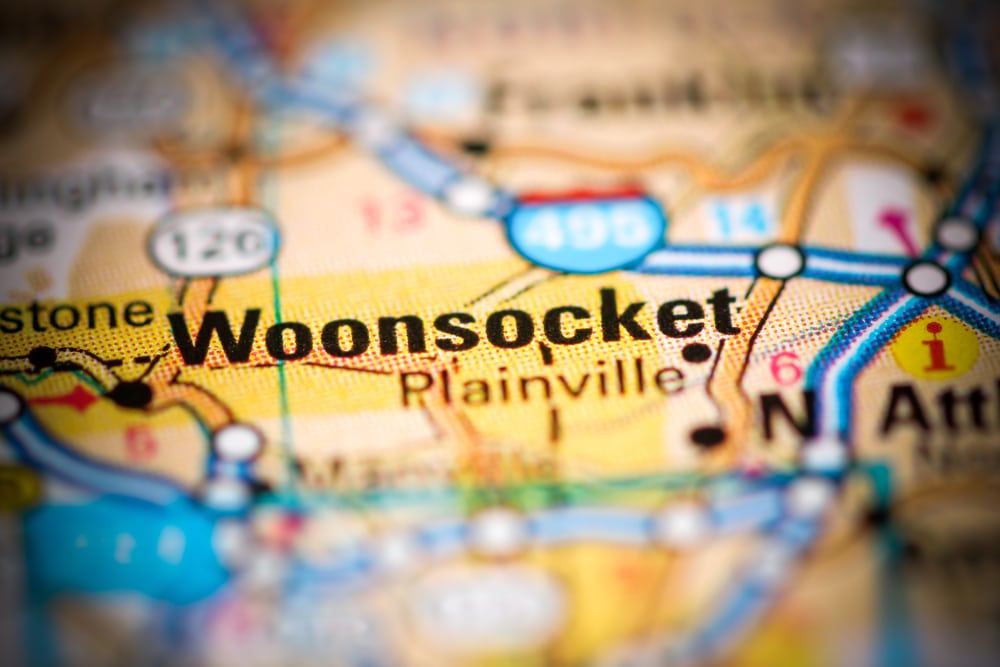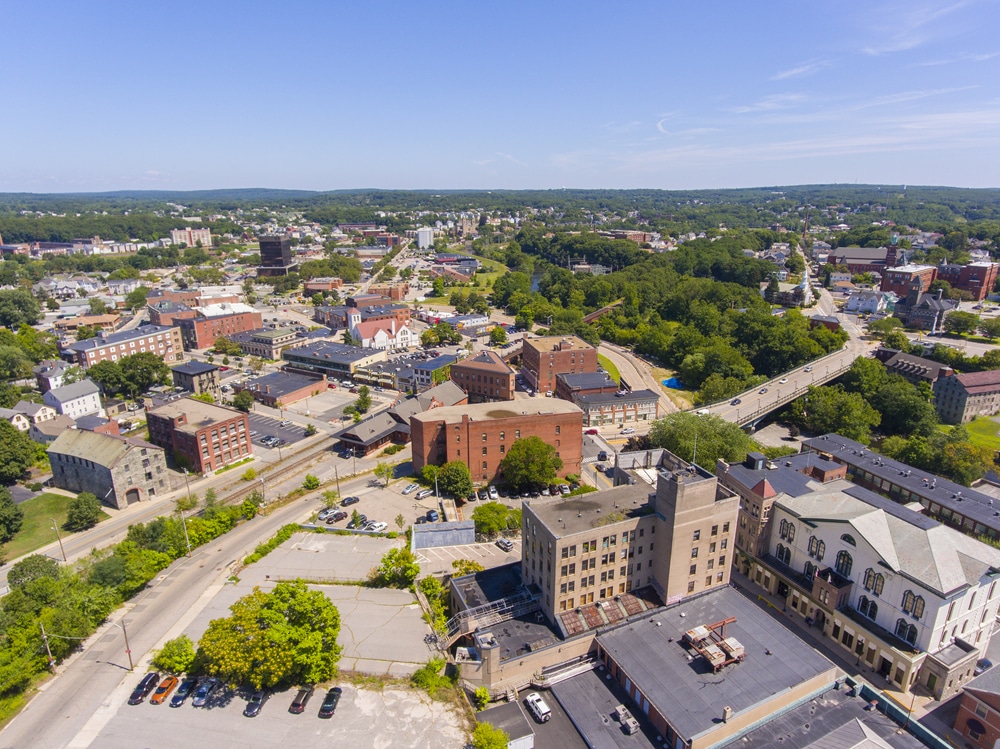
What are the most dangerous cities in Rhode Island? Wooksocket tops our list, but nine other cities made our list. While Rhode Island is often celebrated for its seaside charm, historic towns, and close-knit communities, it still has urban areas facing elevated crime rates. Understanding which cities have higher risks helps residents, renters, homebuyers, and visitors make informed decisions.
This study is a part of our full study for the most dangerous cities in the United States.
In this article, we’ll examine the most dangerous cities in Rhode Island, based on recent crime data, to highlight where the safety challenges are greatest — and where improvement efforts are underway.
What Is the Most Common Crime in Rhode Island?
Across Rhode Island, property crime — especially theft and larceny — remains the most frequent offense. The state’s property crime rate is significantly below the national average, yet when you look closely at certain cities, both property and violent crime rates climb.
Because Rhode Island is relatively small in size and population, even modest increases in offenses can make a noticeable difference in local statistics. That means understanding city- and neighborhood-level data is key to getting an accurate picture.
Top 10 Most Dangerous Cities in Rhode Island
1. Woonsocket
Woonsocket tops many lists with a violent crime rate of about 433 per 100,000 residents. The city also reports higher rates of assault and robbery compared to the state average, with socioeconomic factors such as unemployment and poverty contributing.
2. Central Falls
Central Falls posts a violent crime rate around 426 per 100,000 residents. It’s one of Rhode Island’s smallest cities by land area but among the most densely populated, which amplifies its per-capita crime rate.
3. Providence
The state capital sees a violent crime rate of about 310 per 100,000 residents. As Rhode Island’s largest city, crime totals are higher overall, but many neighborhoods remain safe. The city continues to expand its community policing and revitalization initiatives to make downtown areas more secure.
4. Pawtucket
Pawtucket reports a violent crime rate of roughly 298 per 100,000 residents. Property crimes, especially theft and burglary, are also elevated in certain neighborhoods, though targeted patrols and neighborhood watch programs have shown positive effects.
5. Newport
Though known for its tourism and coastal beauty, Newport posts a violent crime rate around 208 per 100,000 residents. The influx of visitors during the summer months can contribute to seasonal increases in property crime.
6. Cranston
Cranston has a violent crime rate of about 118 per 100,000 residents, placing it lower on the list but still notable given its size and population density. The city continues to invest in public safety and community engagement programs.
7. East Providence
East Providence’s violent crime rate is around 94 per 100,000 residents. While the city is generally safe, certain areas have seen upticks in vehicle theft and property damage.
8. Westerly
Westerly’s violent crime rate averages 77 per 100,000 residents. Although lower than most cities on this list, the town experiences occasional spikes in property crime, especially during tourist season.
9. Tiverton
Tiverton’s violent crime rate is roughly 74 per 100,000 residents. With a smaller population, individual incidents can create noticeable fluctuations in yearly statistics.
10. Warwick
Warwick rounds out the list with a violent crime rate of about 71 per 100,000 residents. While it’s one of the state’s safer larger cities, certain retail corridors and coastal areas report slightly higher property crime activity.
How We Determine the Most Dangerous City in Rhode Island
Our methodology combines:
-
Violent crime rate per 100,000 residents (homicide, assault, robbery, rape)
-
Property crime rate per 100,000 residents (burglary, theft, motor vehicle theft)
-
Socioeconomic data such as poverty and unemployment rates
-
Recent trends in reported crime and law enforcement activity
We use publicly available state and federal crime data to form a consistent comparison framework. Our studies are also based on an analysis of FBI Uniform Crime Reporting (UCR) data. The goal is to present a balanced view — high rates alone don’t tell the whole story, since city size, density, and community conditions all play a role.
How to Stay Safe in the Most Dangerous Cities
Even in higher-risk areas, simple precautions can make a big difference:
-
Secure your home and valuables. Use alarms, motion sensors, and strong locks. Any type of home security system is going to offer you more protection than without it.
-
Be aware of your surroundings. Avoid poorly lit areas and stay alert when traveling at night.
-
Protect your vehicle. Lock your doors, remove valuables, and park in visible, well-lit areas.
-
Engage with your community. Join local watch programs or attend public safety meetings.
-
Stay informed. Follow local police updates or community alert systems.
-
Invest in home security. Smart cameras and monitored alarm systems offer peace of mind. Adding a smart home security system not only increases protection but may also lower insurance premiums.
FAQs
Which Rhode Island city has the highest crime rate?
Woonsocket currently records the highest violent crime rate per 100,000 residents in the state.
Is Rhode Island safe overall?
Yes. Rhode Island remains one of the safer U.S. states, though crime rates vary significantly by city.
Which cities in Rhode Island are the safest?
Towns such as Barrington, West Greenwich, and Foster consistently rank among the lowest in crime.
Why do smaller cities sometimes show higher crime rates?
Per-capita calculations can exaggerate crime rates in small or densely populated cities, even when the total number of incidents is relatively low.
Conclusion
Rhode Island remains one of the safest states in the nation, but crime is not evenly distributed. Cities like Woonsocket, Central Falls, and Providence face greater challenges due to socioeconomic factors and population density. By understanding the data and taking preventive steps — from securing your home to staying active in your community — residents and visitors alike can reduce risk and help make Rhode Island a safer place for everyone.
Additional Rhode Island Resources
Looking for more resources to help you stay safe and informed? We have a library of articles dedicated to Connecticut home security, check them out below.
